|
There are two ways that you can improve performance of your photoshop. One is via upgrading and tweaking your PC hardware, and the other is through software settings of your OS, photoshop, and other related programs. In terms of hardware, the key PC components that may have an impact on the performance of photoshop are the amount of RAM, number of CPU cores and their speed, VRAM of your graphics card, type of hard drives you are using (HDD vs. SSD, and monitor size / type. In terms of software, one has to consider OS version, anti virus programs, hardware settings and their drivers, photoshop updates, photoshop plugin updates, how many programs are running in the background, and numerous settings that have to be performed inside photoshop. To learn more about how you can improve the performance of your photoshop, watch the video linked below, in which I go through all those items in depth. My Youtube channel with free photoshop tutorials Photography workshops in Tokyo - click for more details. Hire a photographer in Tokyo Buy original Chinese and Japanese calligraphy art Check out my new portrait photography services in Tokyo website! 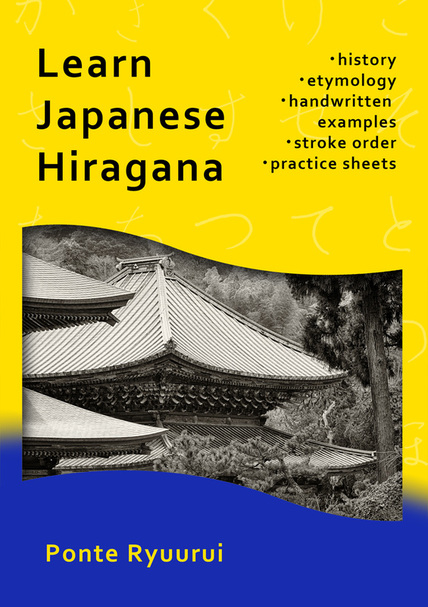 Officially published as of today! Learn Japanese Hiragana is one of three books on the subject of Japanese language and etymology that I have been working on for some time now. Although Learn Japanese Hiragana and Learn Japanese Katakana are separate and stand alone books, so it is possible to buy them as stand alone volumes. The most significant thing that distinguishes my books from any other hiragana and katakana textbooks out there, is that all and every single syllabary or a character was handwritten the way it should be. There is a huge discrepancy between a handwritten Japanese and computer fonts, and this subject is hugely neglected. When I started to study Japanese language 14 years ago, I always wished I had a book with handwritten examples of kanji, hiragana or katakana. But there is more. Not only each book has handwritten examples of hiragana and katakana, but also the kanji from which each of kana syllabaries evolved. Further, since hiragana evolved from kanji in cursive-script form, I included three different handwritten calligraphy scripts for each kanji to show a clear evolution from the standard script through semi-cursive to cursive script. In case of katakana I did the same thing with kanji radicals that each katakana evolved from. I have provided a detailed explanation of the origins of sounds of modern katakana and added a phonetic guidance based on pronunciation found in the online Oxford dictionary of English language. You should be able to replicate the proper sound of each katakana syllabary wit ease. In addition, I discuss the history of evolution of hiragana and katakana on a background of the history of Japanese calligraphy. I have included hand written stroke order charts of each syllabogram, with arrows pointing towards the correct direction of writing. All handwritten examples are based on traditional or historical Japanese calligraphy. Last but not least, I have included space for exercises, where you can practice your writing modelling yourself on the examples I have provided. Learn Japanese Katakana and Learn Japanese Hiragana is now available on my store on lulu.com, but in few weeks it will be available on Amazon, Barnes & Noble, etc. but if I receive enough requests I consider publishing it also in electronic form for Kindle, Nook, iBooks. Visit my page on Lulu bookstore to see preview of the book. 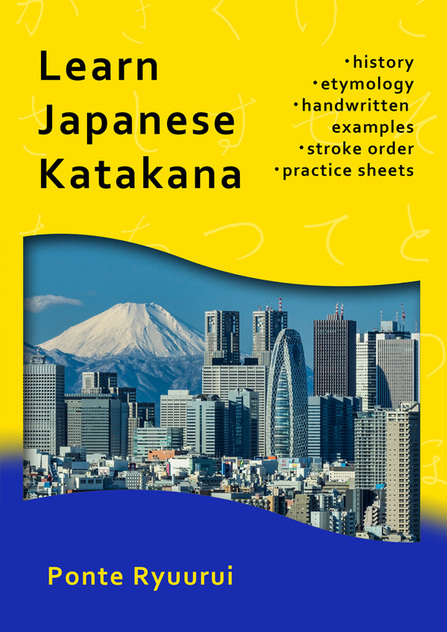 Officially published as of today! Learn Japanese Katakana is one of three books on the subject of Japanese language and etymology that I have been working on for some time now. Although Learn Japanese Katakana and Learn Japanese Hiragana are separate and stand alone books, so it is possible to buy them as stand alone volumes. The most significant thing that distinguishes my books from any other hiragana and katakana textbooks out there, is that all and every single syllabary or a character was handwritten the way it should be. There is a huge discrepancy between a handwritten Japanese and computer fonts, and this subject is hugely neglected. When I started to study Japanese language 14 years ago, I always wished I had a book with handwritten examples of kanji, hiragana or katakana. But there is more. Not only each book has handwritten examples of hiragana and katakana, but also the kanji from which each of kana syllabaries evolved. Further, since hiragana evolved from kanji in cursive-script form, I included three different handwritten calligraphy scripts for each kanji to show a clear evolution from the standard script through semi-cursive to cursive script. In case of katakana I did the same thing with kanji radicals that each katakana evolved from. I have provided a detailed explanation of the origins of sounds of modern katakana and added a phonetic guidance based on pronunciation found in the online Oxford dictionary of English language. You should be able to replicate the proper sound of each katakana syllabary wit ease. In addition, I discuss the history of evolution of hiragana and katakana on a background of the history of Japanese calligraphy. I have included hand written stroke order charts of each syllabogram, with arrows pointing towards the correct direction of writing. All handwritten examples are based on traditional or historical Japanese calligraphy. Last but not least, I have included space for exercises, where you can practice your writing modelling yourself on the examples I have provided. Learn Japanese Katakana and Learn Japanese Hiragana is now available on my store on lulu.com, but in few weeks it will be available on Amazon, Barnes & Noble, etc. but if I receive enough requests I consider publishing it also in electronic form for Kindle, Nook, iBooks. Visit my page on Lulu bookstore to see preview of the book. 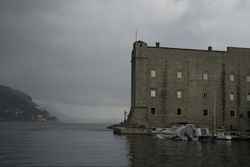 We all have photos that we are not sure what to do with. Most of them are casual emotional snapshots of something that we though looked cool at the moment of taking. Either that, or we just take shots with the photoshop compositing in mind. To the left is a photo of one of my photoshop workshops students, taken in Croatia. Below, you can see my photoshop manipulation of that shot, in attempt to redesign the entire composition and feel to the photo. I really like that wall, it adds a lot of the Continental feel, that fragment of an island is something to balance that wall with, but the original image had no clear focus or a self sustained subject of the photo. Success of a photo is based on balance between the shapes and light, and it can be weighted like on a scale. Half of the job is to capture an image, and the other half lays in post production. Either is equally important, though as you can see from this example, knowledge of photo editing can be more powerful that the ability of capturing a good image. I teach photography with the vision of post processing, and you can see why I put so much stress on mastering photoshop. If you are interested in improving your photoshop knowledge you can read more about it here, or contact me directly. My Youtube channel with free photoshop tutorials Photography workshops in Tokyo - click for more details. Hire a photographer in Tokyo Buy original Chinese and Japanese calligraphy art Check out my new portrait photography services in Tokyo website! Here is my new photoshop manipulation fantasy landscape art. I was thinking of compositing a Chinese or Japanese castle, since that horseback archer is a Japanese yabusame (horseback archer), but I decided to go for a collision of two cultures, so there is a Western European castle and a ship, and the archer. Planets of course - you guys know i love sci fi, plus those two planets frame the entire composition perfectly, and add a bit of a cinematic look to the whole image. It is not a complex manipulation, but it came out pretty cool. As always, I have recorded my photoshop workflow and you can watch in on my YouTube channel. Enjoy!
My Youtube channel with free photoshop tutorials Photography workshops in Tokyo - click for more details. Hire a photographer in Tokyo Buy original Chinese and Japanese calligraphy art Check out my new portrait photography website! This is my first fully digital Chinese calligraphy art, based on a semi-cursive script form of the character for dragon (龍). I created it entirely inside photoshop from scratch using pen tool, textures and a bit of fun with selective toning, etc. I also added some dimension to the character, so it doesn't appear flat, and created an illusion of metallic material. The character itself follows traditional calligraphy rules to certain extend, naturally I added to it my personal calligraphic style, but I wanted to keep it in a modern feel, slightly leaning towards a logo design or some sort of an emblem. Hope you guys like it!
My Youtube channel with free photoshop tutorials Photography workshops in Tokyo - click for more details. Hire a photographer in Tokyo Buy original Chinese and Japanese calligraphy art Check out my new portrait photography website! 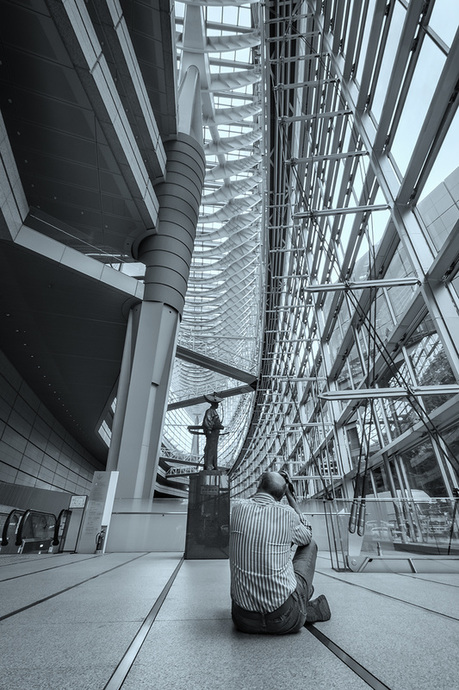 When I was younger I hated school with passion. Not because I do not like to learn, quite the contrary, simply school was too intellectually confined, lacking finesse, and rather dull. I teach photography art the same way as I would like to have learned when I was a kid. I teach not what I know but whatever is that interest you, bearing in mind your current level and skill. I also teach with the vision of post processing and image retouching, as I believe that post processing is equally, if not more important than taking photos, and I really mean that. The technical side of photography, like setting proper ISO, shutter speed and aperture is not that complicated, and sooner or later you will pick it up naturally with practice. Photography is an art, not a geek show. Leave the technicalities to those who cannot see a bigger picture. The most essential thing to master in photography is understanding the light (with the exception of portrait photography, in which case you also need to understand human psychology, to be able to evoke or comprehend their body language and reactions). You have to fall in love with light, learn how to adjust to it or control it. Light determines compositions, both during night and day. Photography does not exist without light, and good photography does not exist without understanding of how to capture it. I put a huge stress on composition, not in a technical sense, I rather emphasize the artistic feel of composition and how to sense balance in the image. I teach how to find a photograph in a mess of nothingness, a scene that is loud and convoluted, how to appreciate art in what you thought was mundane, how to see and compose with energy and aura of a scene, rather than place items on the crossing lines of rule of thirds, because the book or article told you to do so. In addition, I also teach post processing and advanced photoshop manipulation online via desktop sharing, so once you return home with your images that you took in Tokyo or any other place, we can continue the education through the internet. My experience and scope as an artist goes far beyond photography, which allows me to see a much bigger picture. I do not just teach photography, I teach art. Contact me for details here. Available photography workshops: portrait photography, street photography, architecture photography and night photography. My Youtube channel with free photoshop tutorials Photography workshops in Tokyo - click for more details. Hire a photographer in Tokyo Buy original Chinese and Japanese calligraphy art Check out my new portrait photography website! I was approached by Wendy Wu Tours in regards to writing a short article for their website about Japanese calligraphy and possibilities of studying it during your stay here in Tokyo. It would seem that more and more people are willing to discover the culture of Japan and are interested in all kinds of wonders, one of them being Japanese calligraphy. Links are below, so have a look and read, enjoy! Wendy Wu Tours are the UK’s leading China holiday specialist tour operator. Their blog gives an insight to China and the surrounding regions and is full of articles to help fuel your interest in this beautiful country, as well as tips and advice for your China tour. One of their most recent articles gives an insight into the historic art form of Chinese calligraphy and features comments from experts in the field. Wendy Wu Tours were kind enough to feature my work and free calligraphy tutorials in the piece alongside information on the history of the art and where you can learn more. You can read the article in full here.
|
Categories
All
AuthorPonte Ryuurui (品天龍涙) Archives
August 2020
|
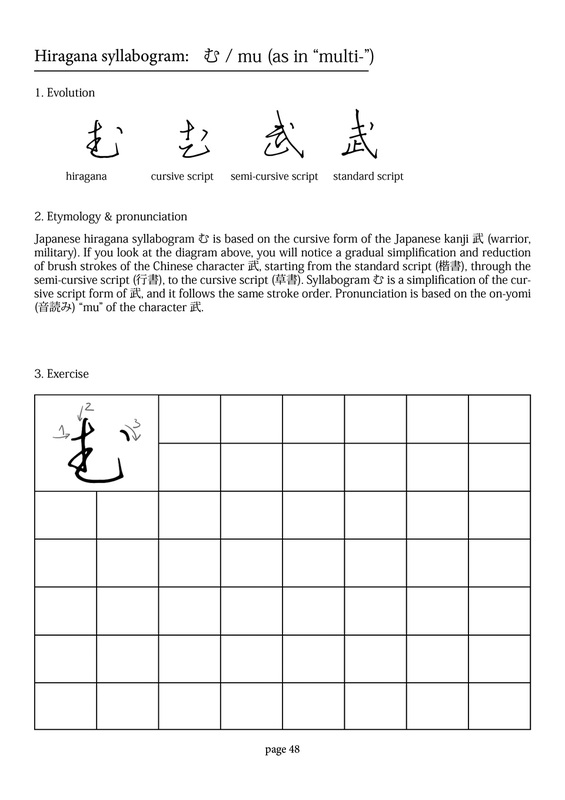
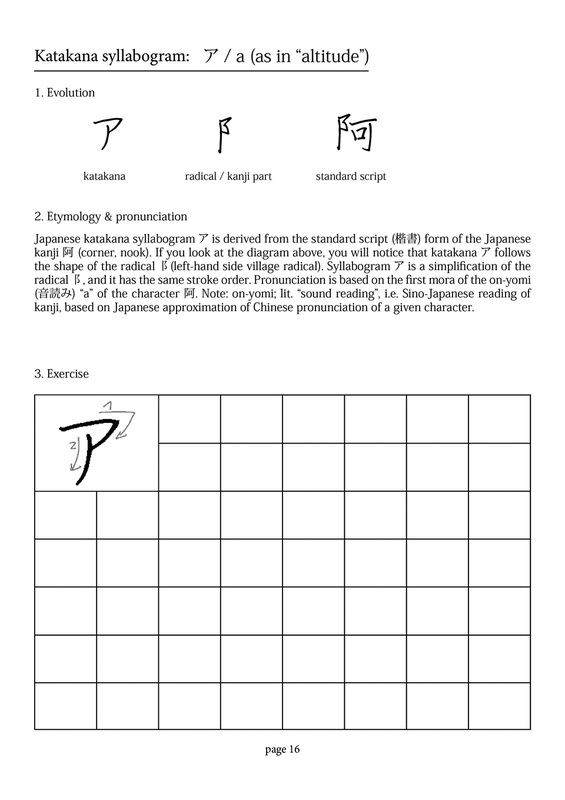
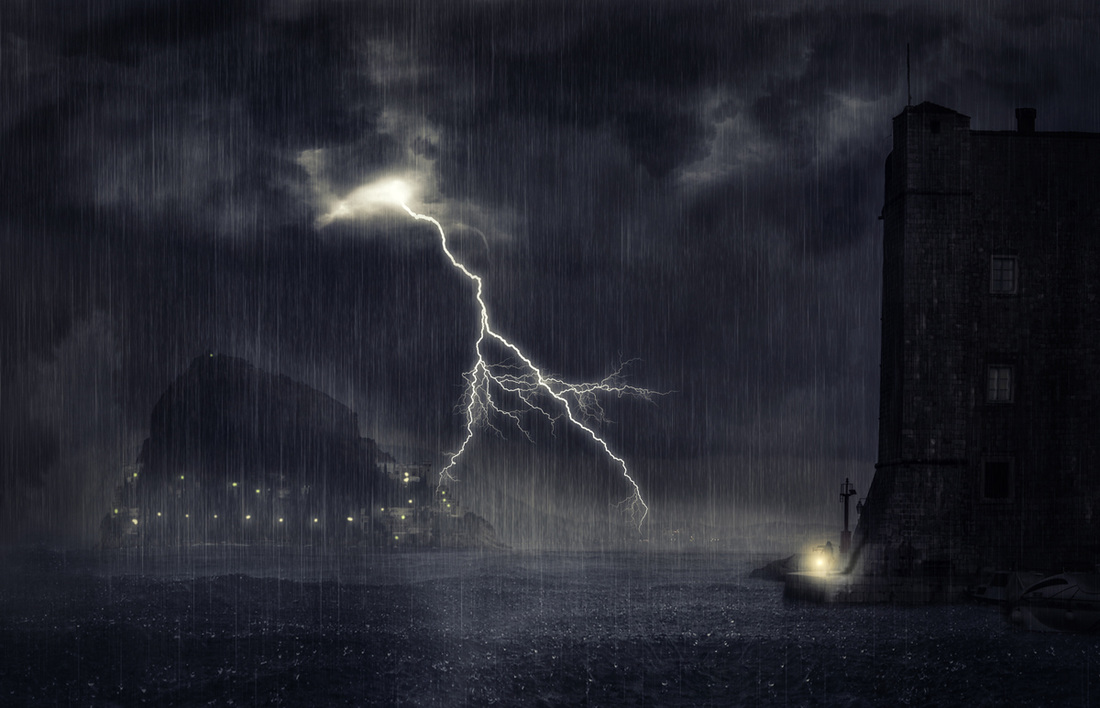
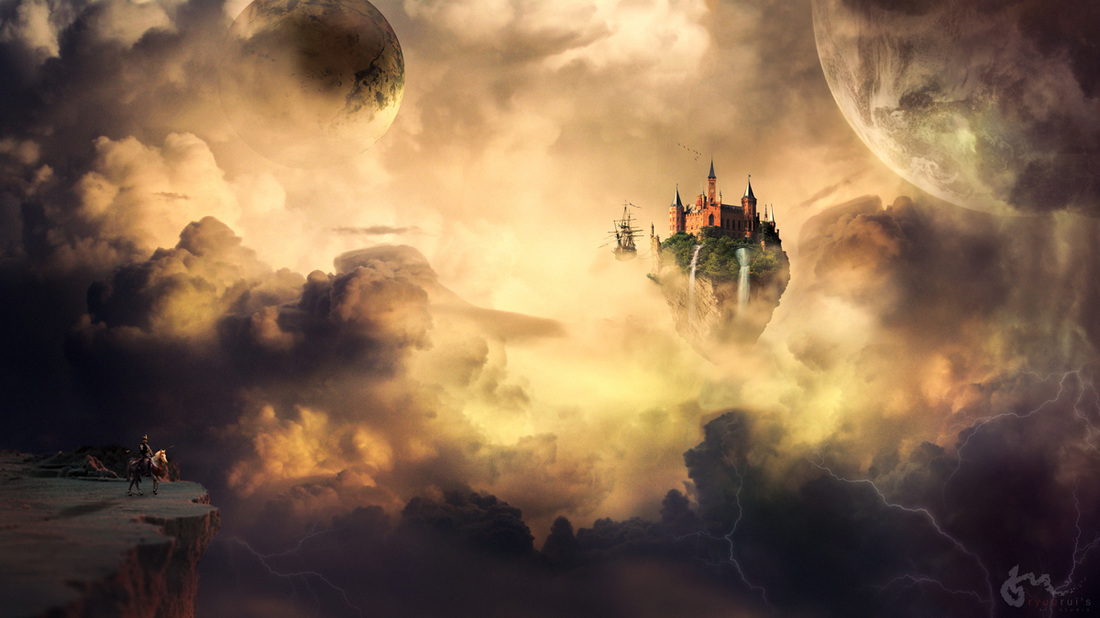
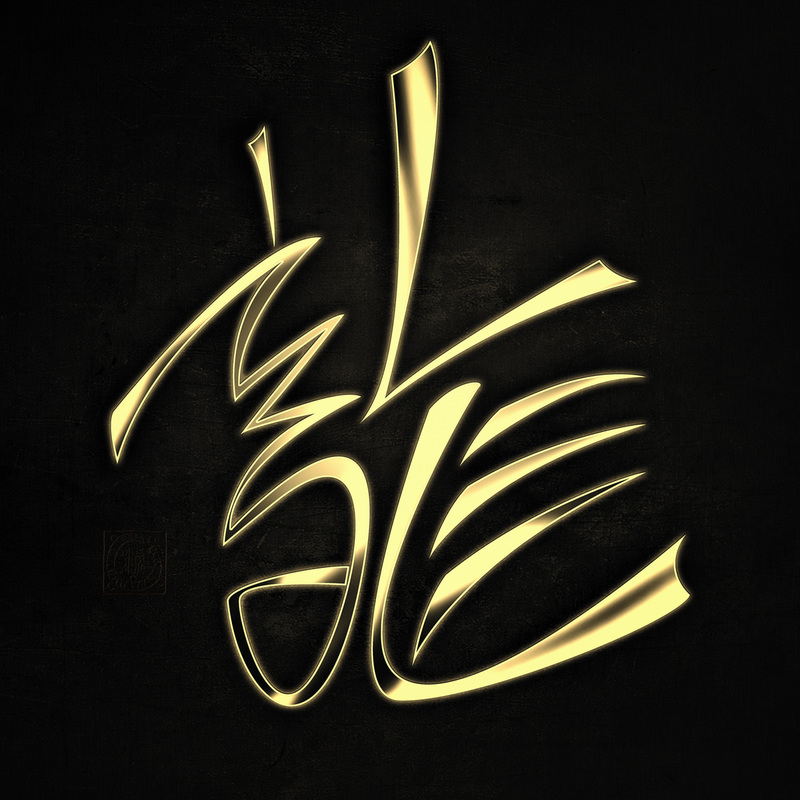

 RSS Feed
RSS Feed